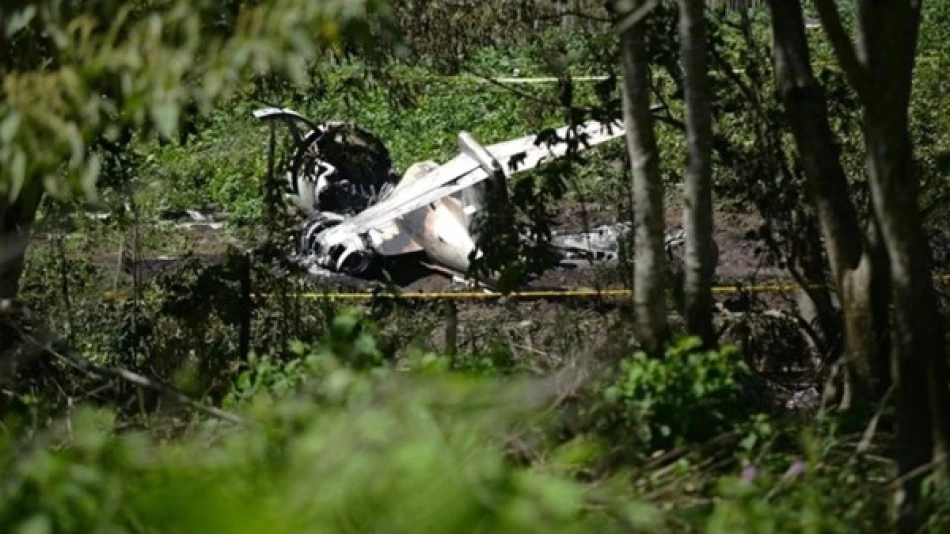
Deadly Helicopter Crash in Russia's Far East Prompts Mourning
Russia's Aviation Safety Crisis Deepens as Mi-8 Helicopter Crash Kills Five in Remote Far East
A Mi-8 helicopter crashed in Russia's Far East region, killing all five people aboard and highlighting the country's deteriorating aviation safety record amid international sanctions and maintenance challenges. The aircraft was completely destroyed on a mountainside near Okhotsk in the Khabarovsk region, with rescue operations hampered by the remote terrain.
Crash Details and Rescue Challenges
The Russian Investigation Committee's regional directorate confirmed that rescue teams discovered five bodies at the crash site, located 13 kilometers from the town of Okhotsk. The helicopter was found completely destroyed on a mountain slope, making recovery operations particularly difficult.
Contact with the aircraft was lost on Monday during a routine transport flight from Okhotsk to Magadan. The challenging terrain has complicated rescue helicopter landings in the disaster zone, though investigation teams continue working to determine the cause of the crash.
Russia's Troubled Aviation Landscape
This latest incident underscores Russia's mounting aviation safety concerns, particularly affecting its aging fleet of Soviet-era helicopters. The Mi-8, while historically reliable, has been involved in numerous accidents across Russia's vast territory, often due to maintenance issues and harsh operating conditions.
Sanctions Impact on Aircraft Maintenance
International sanctions imposed following Russia's invasion of Ukraine have severely restricted access to Western aviation parts and maintenance services. This has forced Russian operators to rely increasingly on domestic alternatives or black market components, potentially compromising safety standards across the aviation sector.
The Far East region, with its extreme weather conditions and remote locations, presents particular challenges for helicopter operations. Regular maintenance becomes even more critical in these environments, making the current parts shortage especially dangerous.
Broader Implications for Russian Aviation
Russia's aviation industry faces a perfect storm of challenges: an aging fleet, restricted access to international maintenance networks, and the need to maintain operations across the world's largest country. The Mi-8 helicopter, despite its workhorse status, requires consistent maintenance and parts replacement that may be increasingly difficult to obtain.
This crash occurs as Russia attempts to maintain critical transport links to remote regions, particularly in resource-rich areas like the Far East. The economic pressure to continue operations, combined with maintenance challenges, creates a potentially dangerous environment for aviation safety.
Regional Transportation Vulnerability
The Okhotsk-Magadan route represents a vital transportation link in Russia's Far East, where aviation often provides the only practical means of travel between remote communities. Any degradation in helicopter safety could severely impact regional connectivity and economic activity in these already isolated areas.
As Russia's aviation sector adapts to sanctions and supply chain disruptions, incidents like this Mi-8 crash may become more frequent, potentially forcing difficult decisions about maintaining air services to remote regions versus ensuring passenger safety.
Most Viewed News

 Layla Al Mansoori
Layla Al Mansoori






